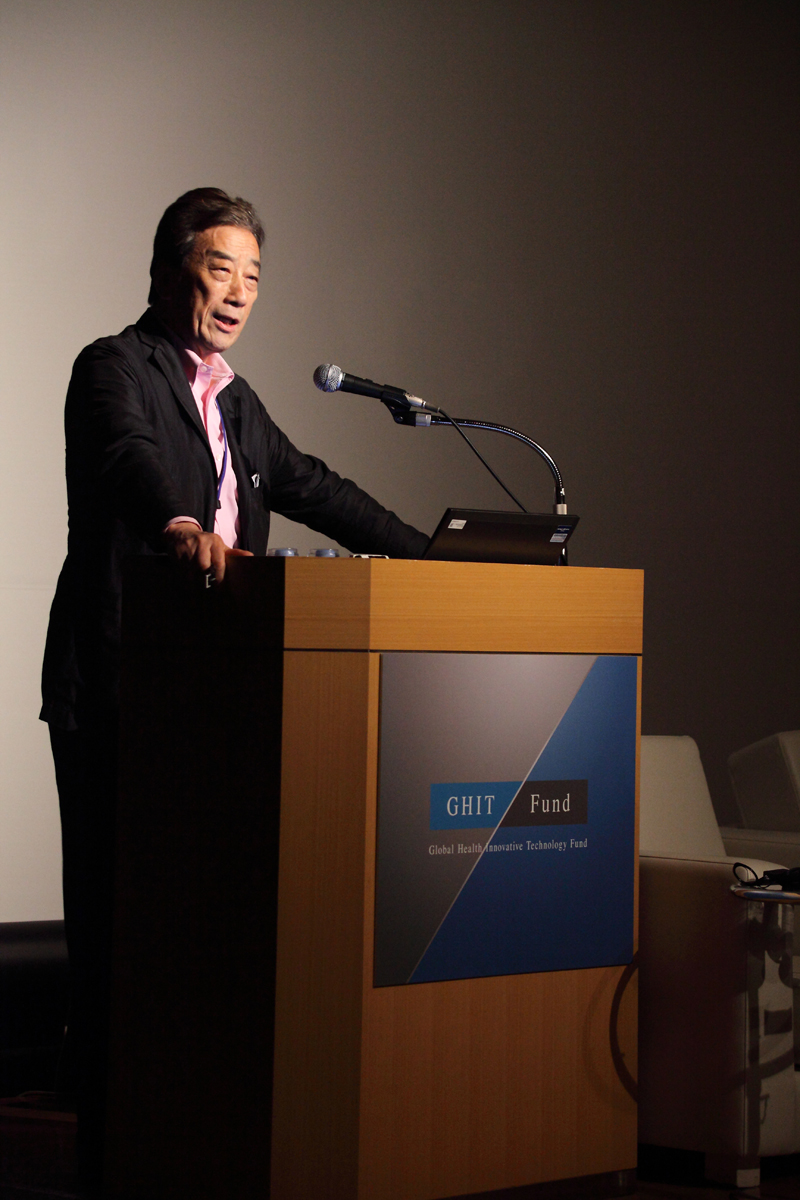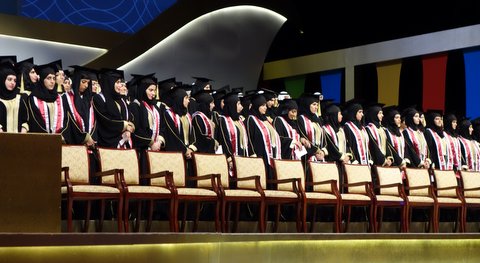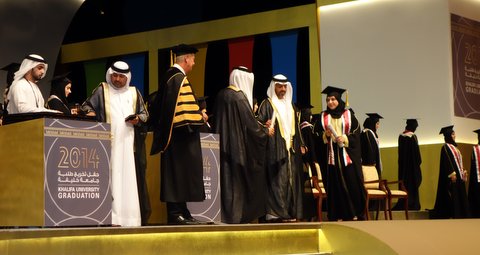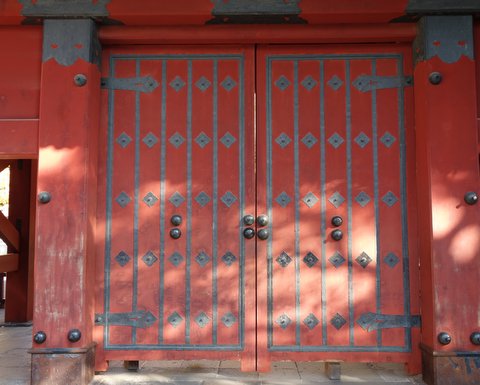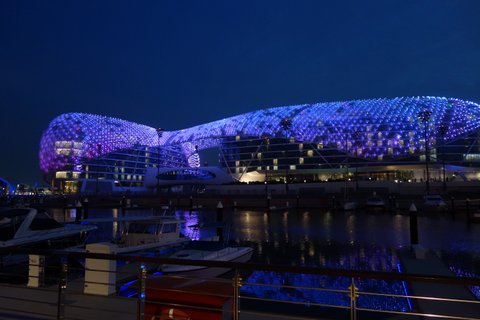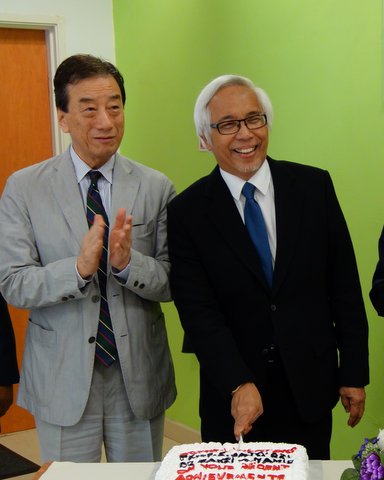Although this burning issue at Riken seems to have passed its peak now, there are still many controversies involving scientists that have been left unaddressed.
The issue that I am referring here is the infamous ‘Obokata Incident’ coming out of Riken, followed by the shocking revelation of prominent professors, some from Todai, working hand in glove with big pharmaceutical companies. These sensational topics cause a brief uproar in the media, before fading out, followed by another scandal to take its place.
Such moral indiscretions are not limited to Japan by any means, but the follow-up to such scandals, which should include learning from and not repeating such mistakes, has not been recognized as a fundamental problem by scientists and society as a whole. These problems, I believe, stem from a basic lack of the will to be autonomous.
And these problems which are deeply ingrained in the structure of Japanese society are the very problems that I pointed out in the NAIIC report, supported by ‘mind-set’ prevails among most Japanese.
On the 19th of May 2014, I had pointed out in my blogpost ‘The Spirit of Science in Japan’ (in Japanese) that a visible manifestation of this shortcoming is the ‘Iemoto’ or ‘feudal’ system prevalent even in scientific research in Japan, a system of legitimization by virtue of belonging to one ‘faction’ headed by a professor.
Recently, Professor Ichikawa, a scientist who spent many years in USA as an independent medical researcher was called upon to serve as a member of the committee conducting the external audit on the Riken problem. His thought-provoking summary is aptly titled ‘Obokata Incident Opened the Japanese Pandora’s Box’ (in Japanese).
I encourage you to read it. His insights are incisive in their accuracy. I believe that ‘inconvenient truths’ such as these must not be swept under the rug but instead be dealt with responsibly by those who are in a position to do something about it.
Either we are not concentrating enough on teaching our future scientists, or we are teaching them the wrong things.













